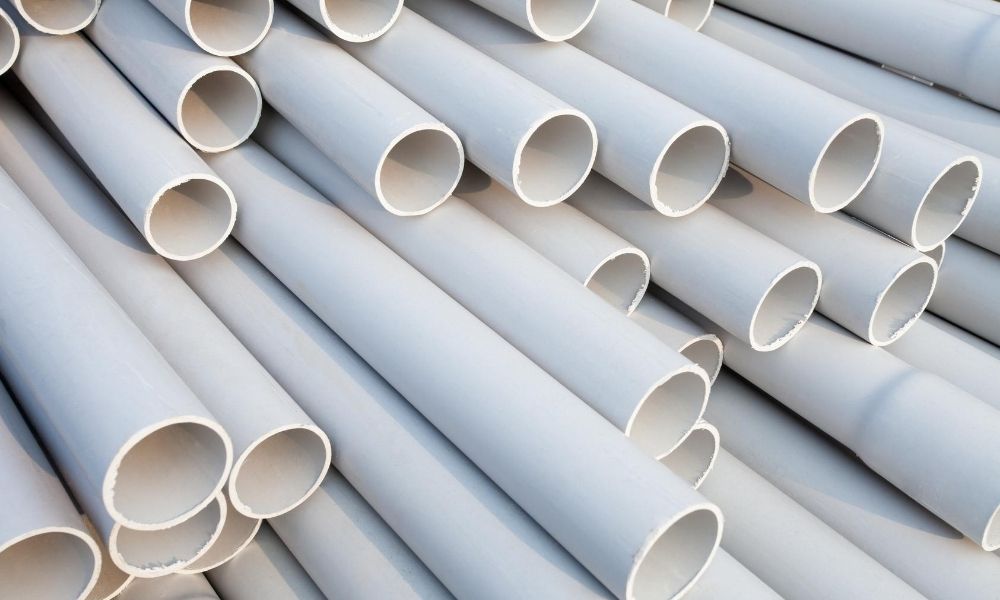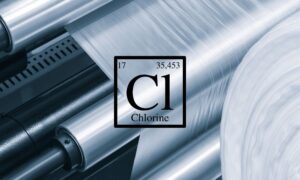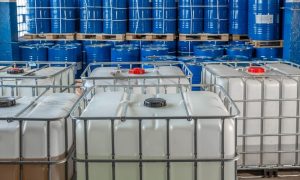When choosing all the different materials for a construction job—especially a large one—you can quickly drown in an alphabet of acronyms. At some point you’ll have to consider PVC vs. CPVC, and which is right for your project. We’re here to help you learn more about the best choice.
PVC
That abbreviation stands for “polyvinyl chloride,” a form of plastic that’s created from hydrogen, carbon, and chlorine through a chemical process called polymerization. It’s been popular since the ’60s as an alternative to metals because it’s building code–approved, lighter, easier to install, more flexible, and less expensive.
It’s used most often in pipes, for cold-water and sewer plumbing, and vent and drainage systems. But you’ll also find it in flooring, siding, hoses, cable coatings, medical devices, plumbing, and automotive parts. But wait, there’s more—you can use it to make material used in shower curtains, upholstery, raincoats, shoes, food packaging, school supplies, toys, and more.
CPVC
At first glance, you might assume that the extra “C” means that CPVC is just a little bit better than PVC—and you’d be right. Sometimes called “PVC on steroids,” CPVC stands for chlorinated polyvinyl chloride. A portion of its hydrogen makeup is replaced with chlorine, making it PVC’s cooler, beefier cousin.
Similarities
Both choices are better than metal alternatives because they’re durable and resist wear and tear, rust, and rot. They’re not easily bent and are built to withstand common bacteria. Both PVC and CPVC are extremely durable and are estimated to be viable for more than 100 years.
The Difference
In short, CPVC can withstand higher temperatures than PVC. While PVC can weaken or warp over 140 degrees, CPVC is suited for temperatures up to 200 degrees. Most commercial and industrial applications require the more intense CPVC in building codes.
They’re not completely interchangeable, especially since each material requires a different glue. CPVC’s differing chemical makeup needs a higher-strength solvent.
The Deciding Factor
CPVC has a wider range of applications, and it’s well suited for both commercial and industrial applications. If the project requires hot water applications, CPVC is a safe bet to use.
But if cost makes a difference to you—and you know it does—you’ll revert to the less expensive PVC every time. CPVC is more cost-effective than alternatives such as copper or iron. Choosing CPVC is always a sure thing, but if your project doesn’t require high temperatures, it can be overkill.
When it comes down to the ultimate showdown between PVC vs. CPVC and determining which is right for your project, you can relax—you don’t have to make that judgment call on your own. Each construction job is unique, and Miller Plastics can guide you through custom plastic fabrication that fits both your needs and your budget. Reach out to us for a quote and the best option to ensure success.




